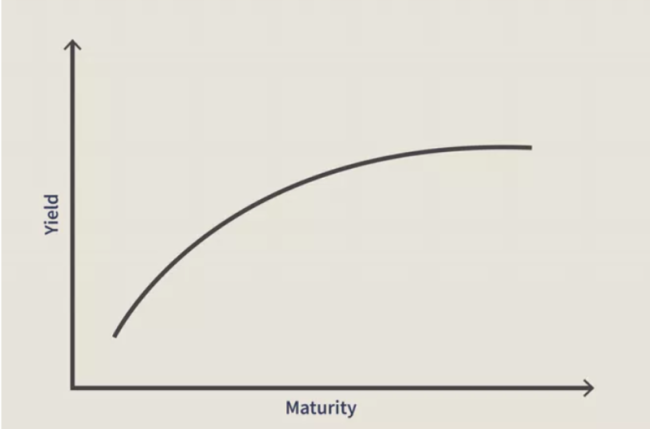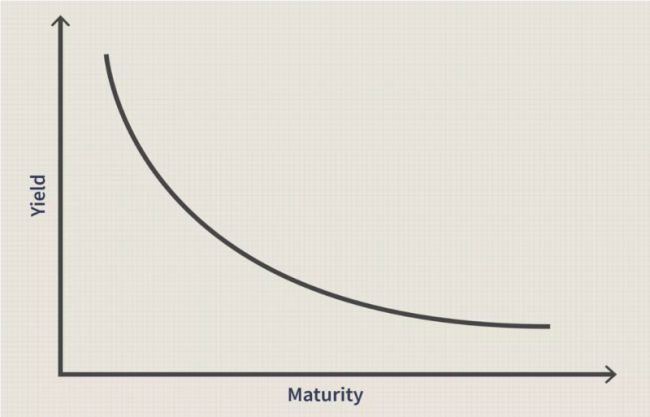Disclaimer
BY CLICKING ON “I AGREE”, I DECLARE I AM A WHOLESALE CLIENT AS DEFINED IN THE CORPORATIONS ACT 2001.
What is a Wholesale Client?
A person or entity is a “wholesale client” if they satisfy the requirements of section 761G of the Corporations Act.
This commonly includes a person or entity:
who holds an Australian Financial Services License
who has or controls at least $10 million (and may include funds held by an associate or under a trust that the person manages)
that is a body regulated by APRA other than a trustee of:
(i) a superannuation fund;
(ii) an approved deposit fund;
(iii) a pooled superannuation trust; or
(iv) a public sector superannuation scheme.
within the meaning of the Superannuation Industry (Supervision) Act 1993that is a body registered under the Financial Corporations Act 1974.
that is a trustee of:
(i) a superannuation fund; or
(ii) an approved deposit fund; or
(iii) a pooled superannuation trust; or
(iv) a public sector superannuation scheme
within the meaning of the Superannuation Industry (Supervision) Act 1993 and the fund, trust or scheme has net assets of at least $10 million.that is a listed entity or a related body corporate of a listed entity
that is an exempt public authority
that is a body corporate, or an unincorporated body, that:
(i) carries on a business of investment in financial products, interests in land or other investments; and
(ii) for those purposes, invests funds received (directly or indirectly) following an offer or invitation to the public, within the meaning of section 82 of the Corporations Act 2001, the terms of which provided for the funds subscribed to be invested for those purposes.that is a foreign entity which, if established or incorporated in Australia, would be covered by one of the preceding paragraphs.
Fixed income
Yield curve
The yield curve is a graphical representation that shows the relationship between the interest rates (yields) of bonds with different maturities, typically for government bonds of the same credit quality. It plots bond yields on the vertical axis and maturities on the horizontal axis, helping investors understand how interest rates change over time.
Types of yield curves
There are several types of yield curves:
Normal yield curve
Slopes upward, indicating that longer-term bonds have higher yields than short-term bonds, this can reflect expectations of economic growth and higher inflation in the future.

Inverted yield curve
Slopes downward, where short-term bonds have higher yields than long-term bonds, can be seen as a signal of an impending economic recession.

Flat yield curve
Indicates that short- and long-term yields are similar, suggesting uncertainty in the economic outlook.
The shape of the yield curve is influenced by factors like interest rate expectations, economic conditions, and central bank policies. It serves as a valuable tool for assessing economic conditions, guiding investment decisions, and shaping monetary policy.
Investors and policymakers monitor yield curve movements closely, as changes in its shape can signal shifts in economic growth, inflation, or risk sentiment, impacting both bond markets and broader financial markets.
















